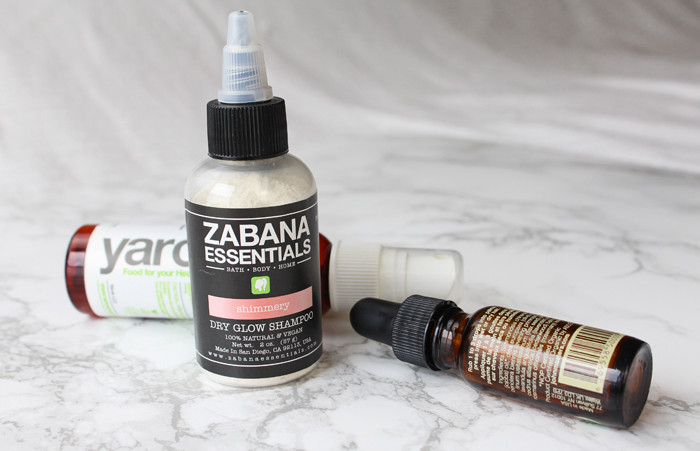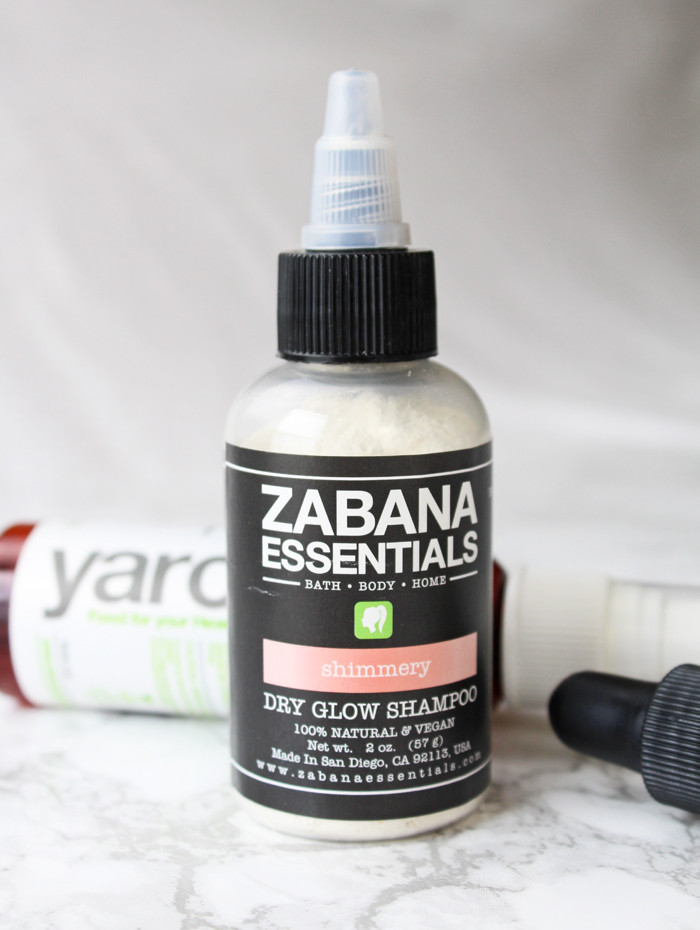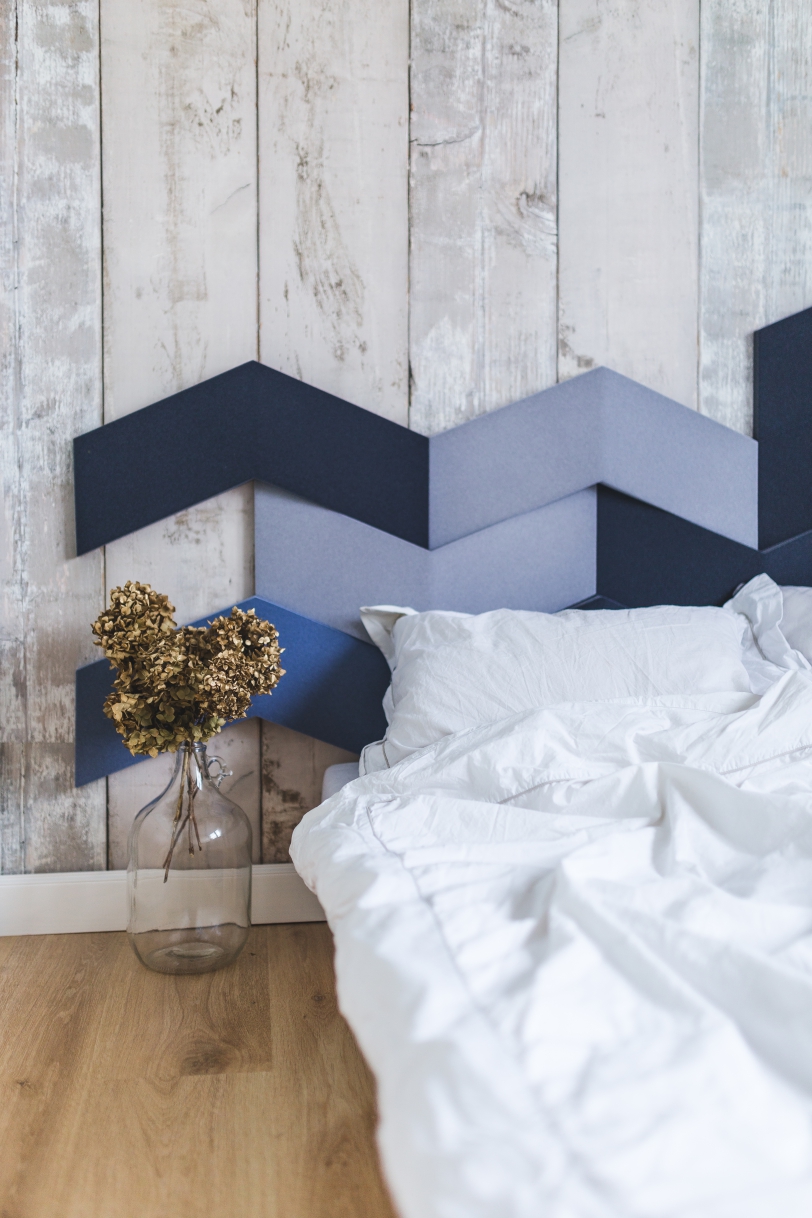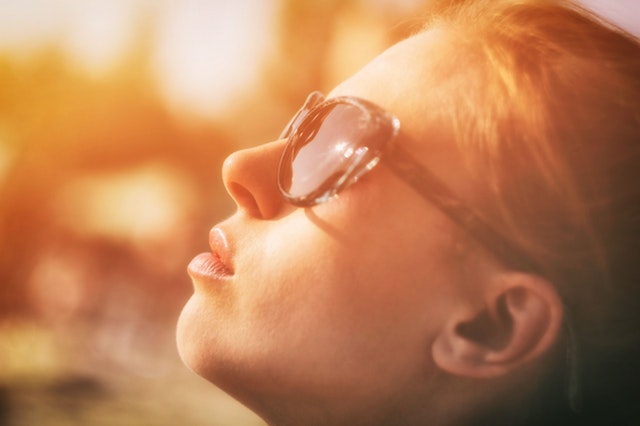A little over a month ago, I shared a piece on not trimming my hair for months. Since that time, I haven’t heat-styled my hair very often. Not only does heat styling take way too much time/I’m lazy, the humidity in South Texas defeats any of my efforts.
Because I normally let my hair dry sans heat, I’ve had a chance to experiment with some techniques for air-drying hair. There’s a technique for air drying?!—you may ask. Yes—there are several techniques, and depending on the texture of your hair, some may be far more effective than others. For example, although the slept-in-a-bun-with-wet-hair look is highly appealing to me, my naturally straight hair isn’t interested in playing that game—or drying in any reasonable amount of time (like 8 hours) if it’s wrapped up. As I explain below, however, I’m much better off if I don’t fight with my naturally straight hair.
Although I’m still perfecting the art of the air dry, I’ve learned a few helpful tips that hopefully, you can adapt for your own hair.
8 Tips for Air-Drying Your Hair
1. Eliminate build-up in the shower. We want our air-dried locks to have a nice, natural volume and bounce. The enemy of volume and bounce is build-up. Try this easy baking soda build-up cleanser. You will be amazed! I use it about once a week.
2. Condition your ends. After shampooing, don’t forget to condition your ends. I normally keep conditioner away from my roots so as not to weigh them down. Once I’ve worked conditioner into my ends, I clip my hair up for a few minutes while I shave my legs in order to give the conditioner a chance to soak in. Rinse thoroughly.
After the shower, a leave-in conditioner or serum can give your locks a little extra gloss and help defrizz. Again, concentrate most of the product on your ends. I like Yarok Feed Your Ends and John Masters Organics Dry Hair Nourishment & Defrizzer. If your hair is straight, use a wide tooth comb to help distribute the leave-in conditioner. If your hair is curly or wavy, scrunch your hair to help define its natural texture.
3. Be wary of the expression, “towel dried.” Often, instructions for air drying your hair will note that you should style your “towel dried” hair in one fashion or another. If it takes your hair a long time to dry, though, translate “towel dried” to 50-60% dry. For me, that may mean an hour-and-a-half after I’ve towel dried my hair. If your hair doesn’t have a chance to fully dry in the style you’ve put it in, when you take that style down, your hair may lose most of the “memory” of that texture when it dries. Such a bummer. (P.S. When you do towel dry, don’t rub—this will rough up the hair shaft. Pat your hair dry instead.)
4. Work with your natural texture. Heat is your friend if you want to dramatically change the texture of your hair for a day. It’s more difficult to go from one texture to another with air drying. In the past, when I’ve tried to give my hair waves with an air drying technique—like the aforementioned sleeping-in-bun method—my hair still ends up looking straight, only with a few kinks here and there. When I let it dry without putting it up, it has a better chance of looking more polished.
5. Use texturizing products sparingly. I’ve learned that several products intended for enhancing texture (like mousse or curl cream) are designed to be used in conjunction with heat, so when used without heat, the result can be a little crunchy—not what anyone is going for! Since this is the case for several products, use less product when you’re air drying than you would if you were heat styling.
6. Give yourself a part—if you want. If you want to give yourself a part, be sure to maintain that part as your hair dries. This will ensure that your part sets.
7. Add a little extra volume at the roots. Once you hair has dried, you can sprinkle a little volumizing powder or dry shampoo at your roots and massage it into your hair. I like Zabana Essentials Dry Shampoo. For even more drama, tease your hair and set with a light hold hairspray.
8. Avoid things that dent your hair as it dries. If you are attempting one of the popular bun or braid techniques out there, be sure to use non-denting tools to secure your hair. For example, a chunky scrunchy will be less likely to leave a dent than a thin hair tie. Also, a plastic butterfly clip may be safer than a metal clip.
Do you have any tips or favorite products for air-drying your hair?
More in hair: Holistic Hair Care for Gorgeous Locks
Get more like this–sign up for our newsletter for exclusive inspirational content!
Photos: Mary Hood Luttrell








